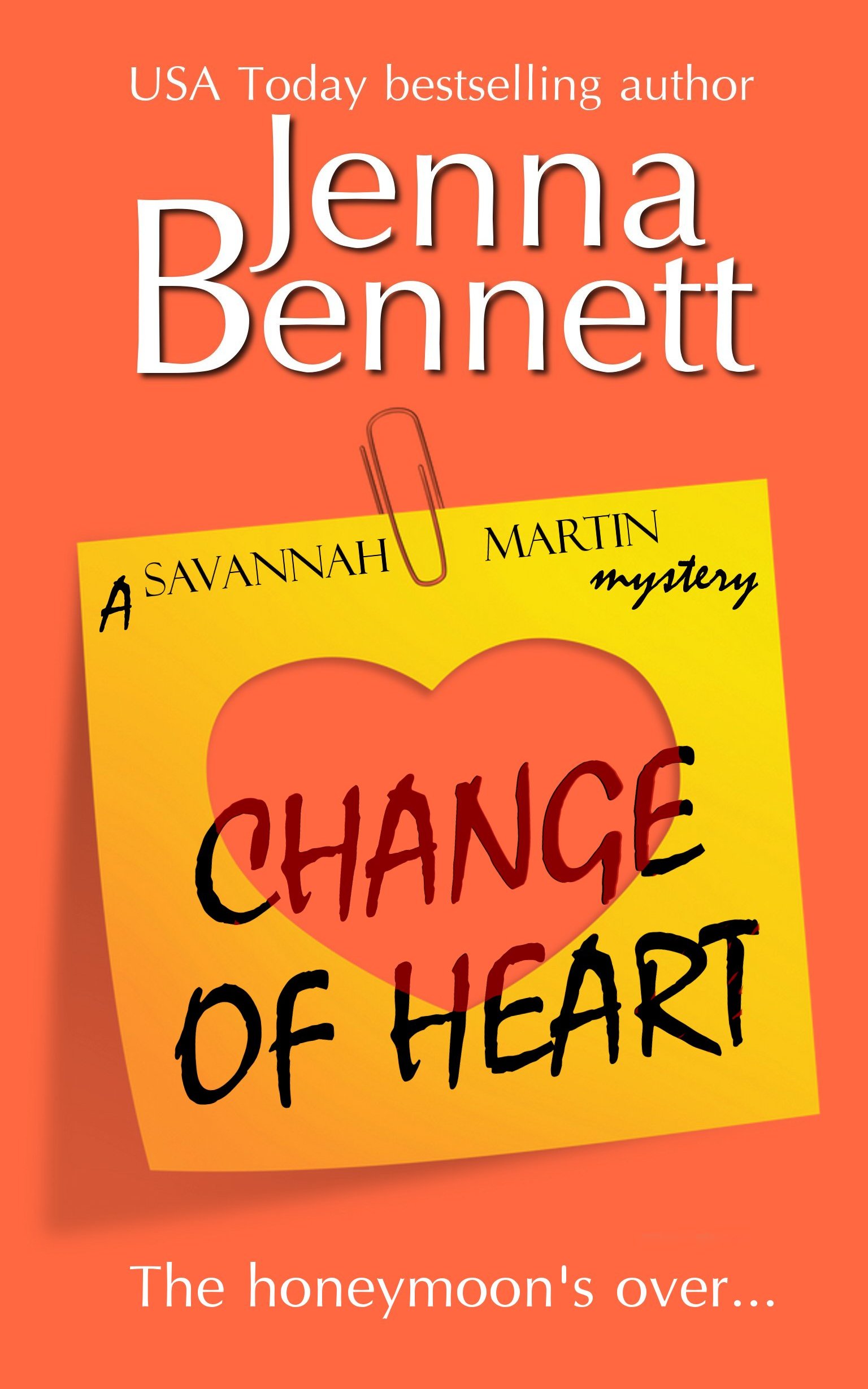According to multiple sources, when a writer or artist’s work features prominently in a Marvel film, the company’s practice is to send the creator an invitation to the premiere and a cheque for $5,000 (£3,600). Three different sources confirmed this amount to the Guardian. There’s no obligation to attend the premiere, or to use the $5,000 for travel or accommodation; sources described it as a tacit acknowledgment that compensation was due.
Marvel declined to comment on this, citing privacy concerns. “We can’t speak to our individual agreements or contracts with talent,” said a spokesman.
Several sources who have worked with Marvel say that remuneration for contributing to a franchise that hits it big varies between the $5,000 payment, nothing, or – very rarely – a “special character contract”, which allows a select few creators to claim renumeration when their characters or stories are used. There are other potential ways to earn more – many former writers and artists are made executives and producers on Marvel’s myriad movies, cartoons and streaming series, for example – but those deals depend on factors other than legal obligation.
“I’ve been offered a [special character contract] that was really, really terrible, but it was that or nothing,” says one Marvel creator, who asked not to be named. “And then instead of honouring it, they send a thank you note and are like, ‘Here’s some money we don’t owe you!’ and it’s five grand. And you’re like, ‘The movie made a billion dollars.’”
The way Marvel writers & artists are being treated may be “contractually legal,” but it is still despicable.
I’m very, very lucky. I have been treated fairly in my work-for-hire deals, which include my Monk and Diagnosis Murder novels. Those were great experiences. But I was in a unique position in both cases.
On Diagnosis Murder, I was the executive producer/showrunner on the TV series for several years (all with William Rabkin). The publisher and studio came to me to write the books… and that gave me leverage. Creatively, I certainly wasn’t going to let them tell me how to write books based on a TV series that I exec-produced. And, to their credit, they never dared 🙂 I had complete creative freedom.
On Monk, I was already a writer on the TV show and good friends with Andy Breckman, the creator/showrunner. He gave me free reign to do as I pleased creatively and he personally made sure I was treated fairly on every level (and two of my books were adapted into episodes). I wish I was paid a lot more, but otherwise, I look back on those 15 books with nothing but fondness.
The big pitfall with work-for-hire book deals is that you don’t own any aspect of your work. It’s the equivalent of building an addition on someone else’s home. In most work-for-hire deals, you are paid a one-time flat fee, a buy-out of all rights and royalties. Some work-for-hire deals, like mine, included a share of royalties and can also include a share of some future rights, like a movie or TV adaptation, but that’s very rare and few authors have the leverage to demand it…and get it.
The common work-for-hire, total buyout deal is easier to stomach when you are working within a hugely successful intellectual property you didn’t create… and it can bring your work (and your name) to a wider audience than you could ever hope to reach on your own, especially early in your career. It can be a big boost in visibility (reviews, bestseller lists etc) that’s worth the often very low pay, draconian deadlines, and rigid creative restrictions.
But a work-for-hire deal becomes thornier when you create new characters and storylines that lead to other works in the “universe” you are working it. Take, for example, the freelance TV writer who wrote the “Space Seed” episode of the original Star Trek series. Decades later, the character he created became the basis for Star Trek II: The Wrath of Khan. My guess is that he got paid a pittance, if anything, and no credit. The Writers Guild of America has since dramatically increased protections (and compensation and credit) for writers in that situation, but authors don’t have a union in their corner or anything close to the same protections. They have an agent, or a lawyer, and they can consult with the Authors Guild (which has no teeth and is not a union), but they are still likely to get screwed over. The $10,000 you got paid to write a work-for-hire book seems like a win at the time…but it becomes an insult if the novel is later adapted into a movie or TV series or TV series episode…and you not only don’t paid anything more, you don’t even get a credit for your work.
Work-for-hire contracts in the publishing world are routinely slanted against the writer on every level. That needs to change. But will it? I doubt it.


